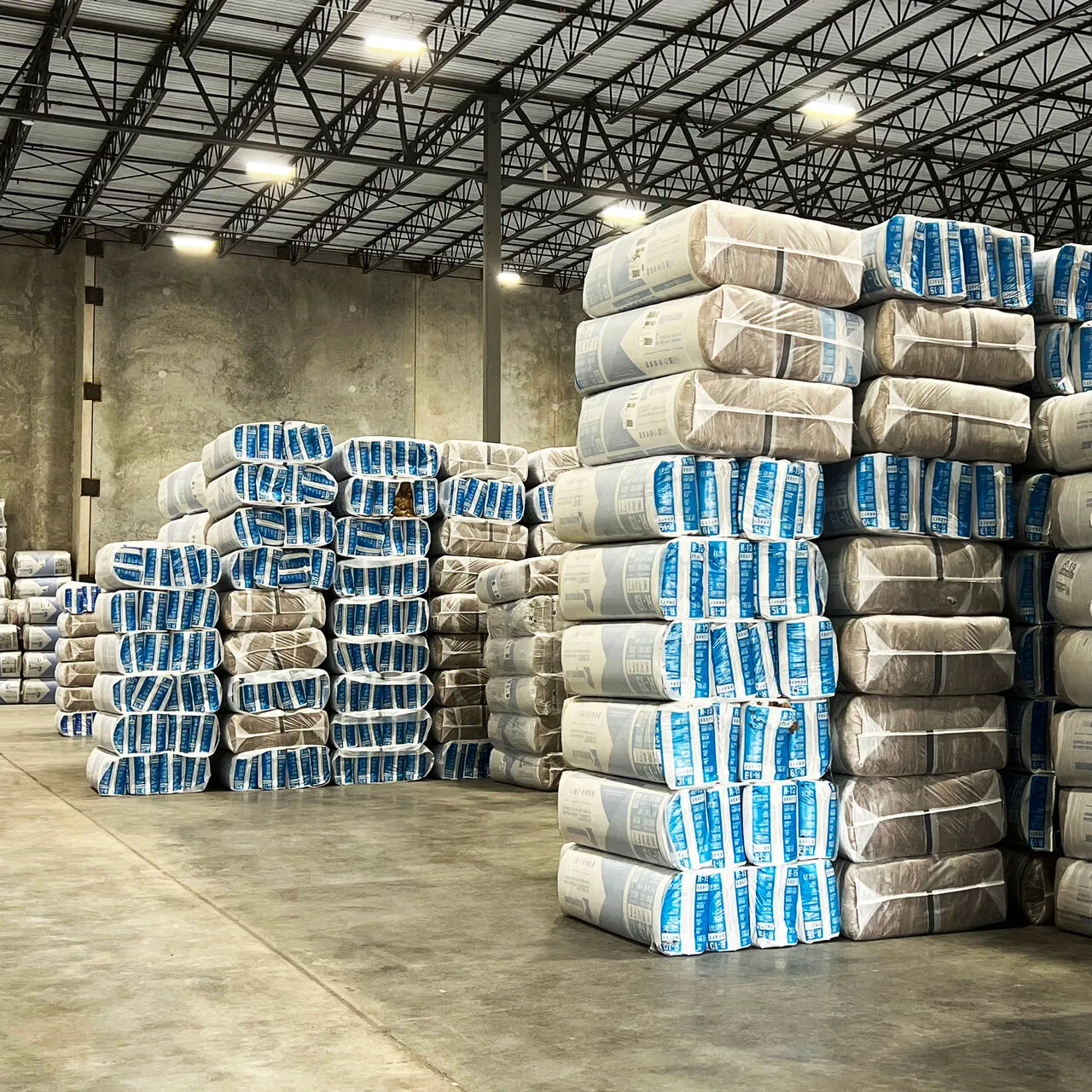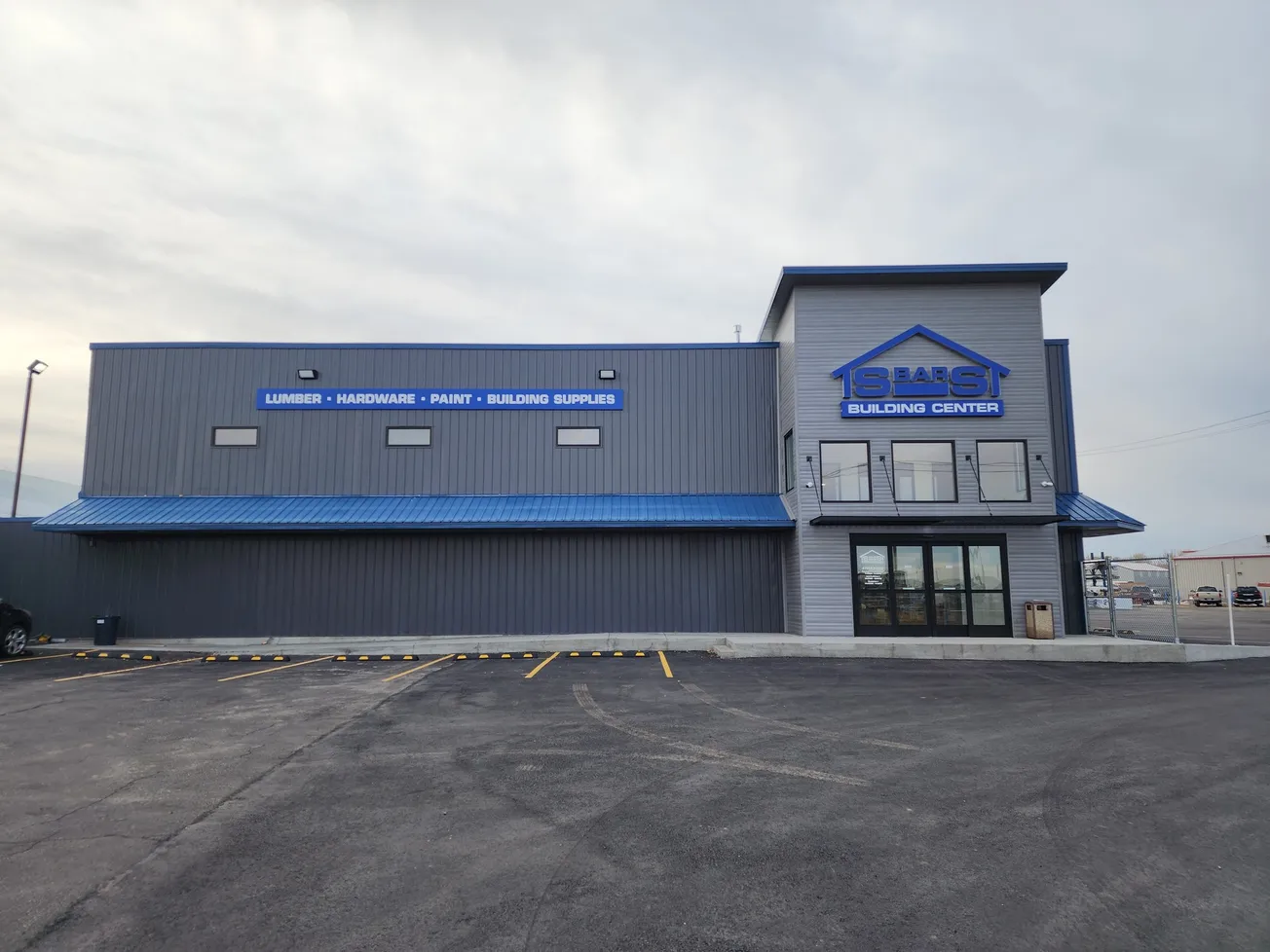Table of Contents
THE LUMBER INDUSTRY has undergone significant changes over the years, with technology playing an increasingly important role in managing lumber businesses across the nation.
The most successful leaders and businesses understand that the right enterprise resource planning (ERP) system saves time and money, leads to better customer service, and helps keep things organized and running smoothly.
What is ERP? Enterprise resource planning is a software system that helps you run your entire business, supporting automation and processes in finance, human resources, manufacturing, supply chain, services, procurement and more.
Gone are the days of manual processes and disparate systems that don’t interoperate well with one another. These unproductive practices are quickly becoming a thing of the past replaced with time-efficient, easy-to-use software solutions.

- 1. Inventory Management
One of the primary uses of ERP in the lumber industry is inventory management. Companies rely heavily on accurate inventory data to ensure that they have enough raw materials on hand to meet production demands and that wholesalers have visibility of inventory.
By using reliable software programs, lumber companies can keep track of inventory levels in real-time, allowing them to quickly identify when supplies are running low and reorder as necessary.
Inventory management software can also be used to monitor customer orders ensuring that each stage in the fulfillment cycle is completed accurately and on time. Reliable data helps lumber companies avoid stockouts and delays in delivery, which can have a significant impact on customer satisfaction.
- 2. Project Management
Project planning and management is the foundation to running efficient workstreams. With the right software system, wholesalers can develop projects that manage workflows and organize multiple documents such as RFPs, contracts, business communications, and more. It can also help manage materials for projects and incremental billing which helps lower management costs, and increases throughput and profitability.
- 3. Treatment Processes
Timely management of wood treatment is another area where technology is beneficial in the lumber industry. By using specialized software, companies can monitor the quality of each step of the treatment process and accurately track every stage.
For example, utilizing barcode scanning applications that provide instant updates keeps track of bundles through various treatment processes. This provides immediate status of services on any given bundle. Managers are immediately notified when all services are completed and ready to ship.
- 4. Accurate Accounting
Rather than using a third party service or program, the right integrated software solution can run your accounting within the same system it uses to run other services that manage your business. Streamlining your accounting within one easy-to-use system cuts back on time—and it cuts back on errors.
As an example, accounting that is integrated with your current setup can auto-generate and send invoices in one easy step, keeping your books up to date, controlling checks and balances, and managing timely payments.
- 5. Performance Monitoring
Equipment maintenance can slow things down unless proactively managed. Specialized software allows companies to monitor the performance of their equipment and identify potential issues before they become major problems. This prevents costly downtime and repairs, which can have a significant impact on production and profitability.
For instance, predictive maintenance software can be used to monitor the performance of saw blades. By analyzing data on blade wear and tear, companies can identify when blades need to be sharpened or replaced. This helps extend the life of the blades, ensuring that they are always operating at peak performance.
- 6. Data Analysis
Accurate data and ongoing analysis is essential to a well-run organization. By collecting and analyzing data on production times, costs, and quality, companies can identify trends and make informed decisions about how to improve their operations. This leads to better efficiency, reduced waste, and increased profitability.
Additionally, by analyzing data on production times and costs, companies can identify which products are the most profitable to produce. This will inform production planning and ensure that the company is focusing its efforts on the most profitable areas of the business.
Technology will continue to serve a significant role in the lumber industry, revolutionizing the way lumber is processed, managed, and sold. Year-over-year, we expect to see the release of more innovative software programs built specifically to meet custom needs across the industry.
Kevin Stanton is founder and software architect for RDB Solutions, Bend, Or. (www.rdb-solutions.com).









